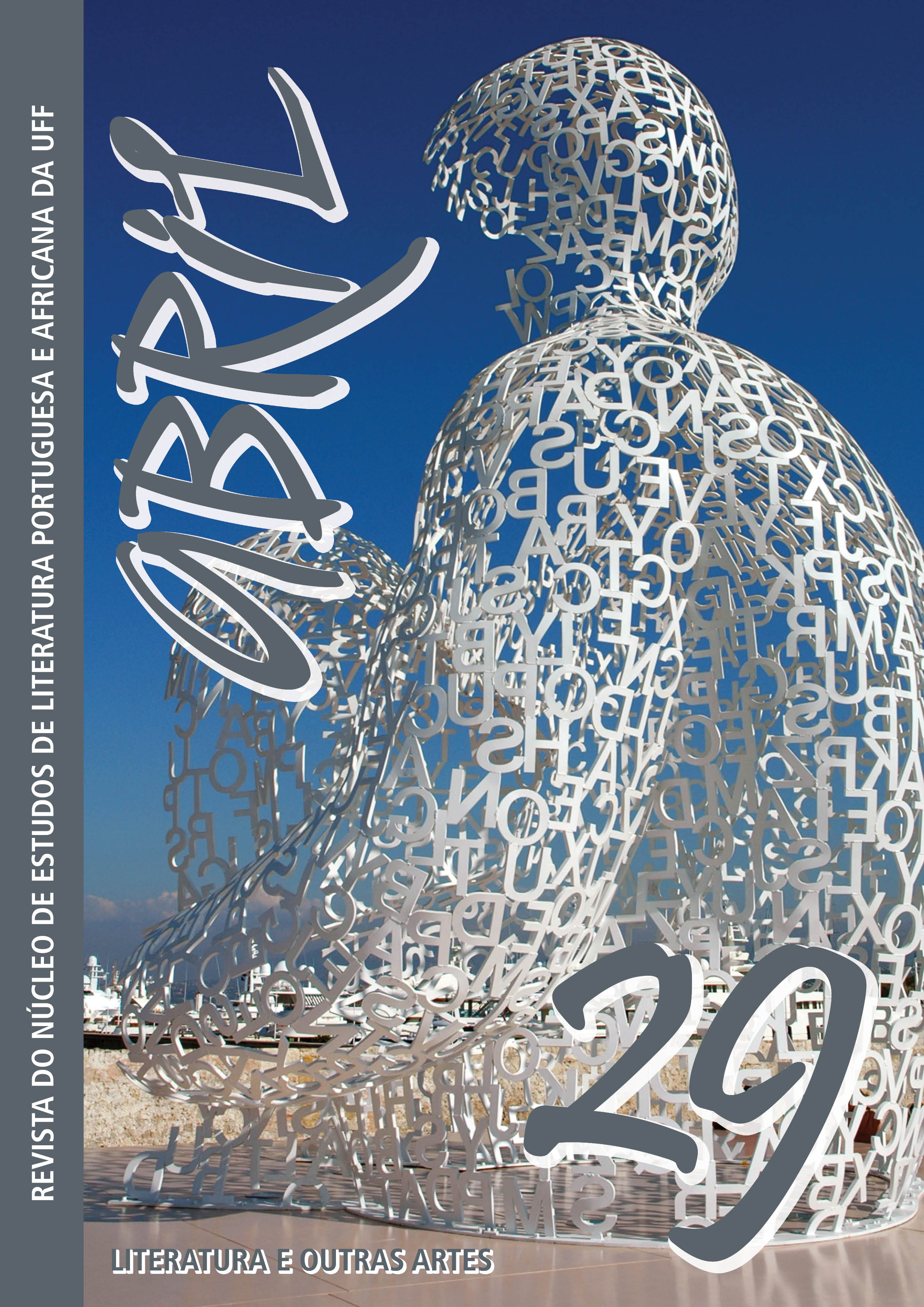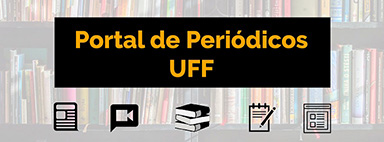Learning to be (rep)aired: Saramago and lightness
DOI:
https://doi.org/10.22409/abriluff.v14i29.54835Keywords:
Aesthetics, Interart studies, Lightness, Italo Calvino, José SaramagoAbstract
This study aims to propose a reflection on the initial phase of writing by the Portuguese author José Saramago, based on the attribute of Lightness, which is understood in the molds developed by Italo Calvino in his book Six memos for the next millennium. As one of the Norton Lectures written to be presented at the Harvard University, Calvino’s Lightness, more than a simple absence of Weight, deals with a precise and determined use of language in order to evoke a figurative image that has rarefied consistency and a high degree of abstraction. After a brief explanation about the three meanings of Lightness found in Calvino’s thought, its occurrence is identified in the book Manual of painting and calligraphy, by José Saramago. From this identification, it is intended to demonstrate that the Manual, written during Saramago’s return to the novelistic genre, is a double writing of crisis, where author and narrator go through a process of individuation of their deserted existence and try to overcome past failures through self-writing.
Downloads
References
ADORNO, Theodor W. Notas de literatura I.Trad. Jorge de Almeida. São Paulo: Duas Cidades; Ed. 34, 2003.
BARBIERI, Danieli. As linguagens dos quadrinhos. Trad. Thiago de Almeida Castor do Amaral. São Paulo: Peirópolis, 2017.
BUZZATI, Dino. O deserto dos tártaros. Trad. Aurora Fornoni Bernardini e Homero Freitas de Andrade. Rio de Janeiro: Nova Fronteira, 2020.
CALVINO, Italo. Seis propostas para o próximo milênio. Trad. Ivo Barroso. São Paulo: Companhia das Letras, 1990.
COSTA, Horácio. O período formativo. Belo Horizonte: Moinhos, 2020.
DE BOTTON, Alain; ARMSTRONG, John. Arte como terapia. Trad. Denise Bottman. Rio de Janeiro: Intrínseca, 2014.
SARAMAGO, José. Manual de pintura e caligrafia. São Paulo: Companhia das Letras, 1992.
TEZZA, Cristovão. O espírito da prosa: uma autobiografia literária. Rio de Janeiro: Record, 2012.
Downloads
Published
How to Cite
Issue
Section
License
Copyright (c) 2022 ABRIL – NEPA / UFF

This work is licensed under a Creative Commons Attribution-NonCommercial 4.0 International License.
I authorize the journal Abril - NEPA/UFF to publish the paper of my authorship/responsibility that I now submit, in case it is accepted for online publication.
Moreover, I declare that this contribution is original, that it was not submitted to any other editor for publication, and I sign the present declaration attesting the truth of all its contents.
The copyright of the works published at the virtual space of the journal Abril - NEPA/UFF are automatically entitled to the journal. Their total or partial reproduction is conditioned to the authors' citations and publication data.

Abril is licensed under a Creative Commons - Attribution-NonCommercial 4.0 International (CC BY-NC 4.0).









